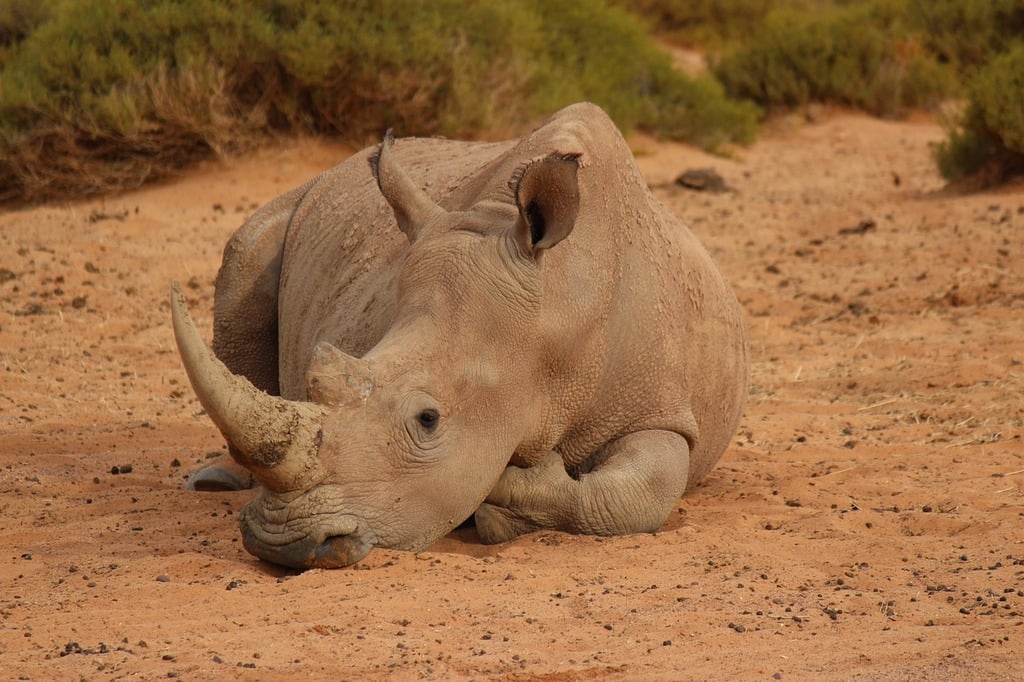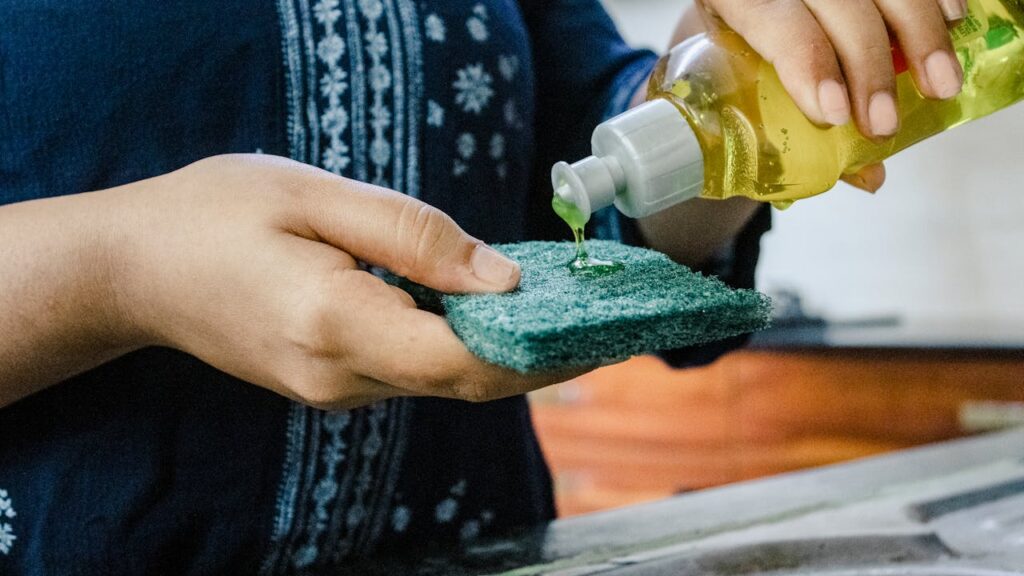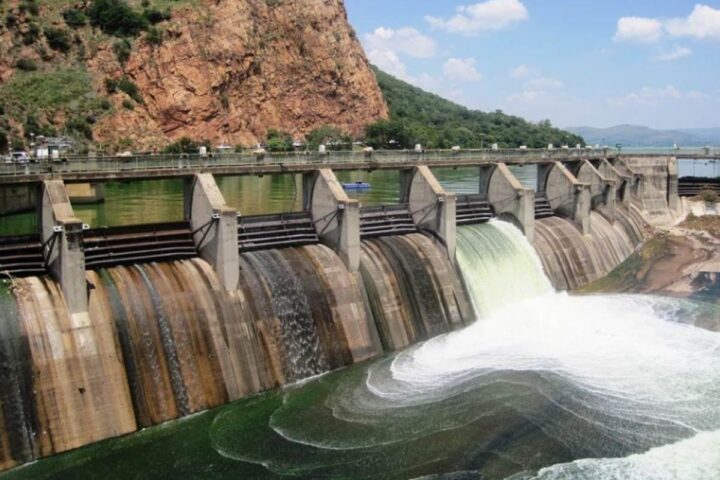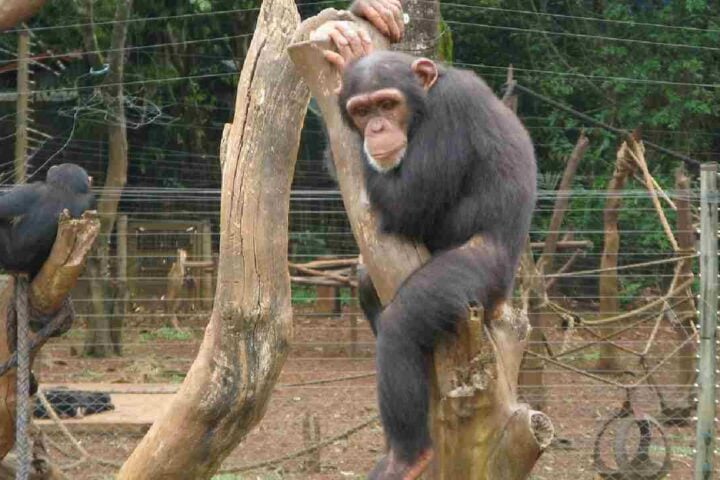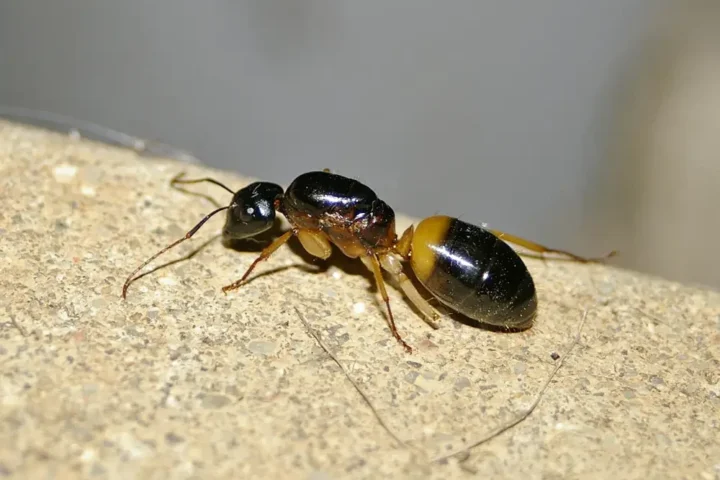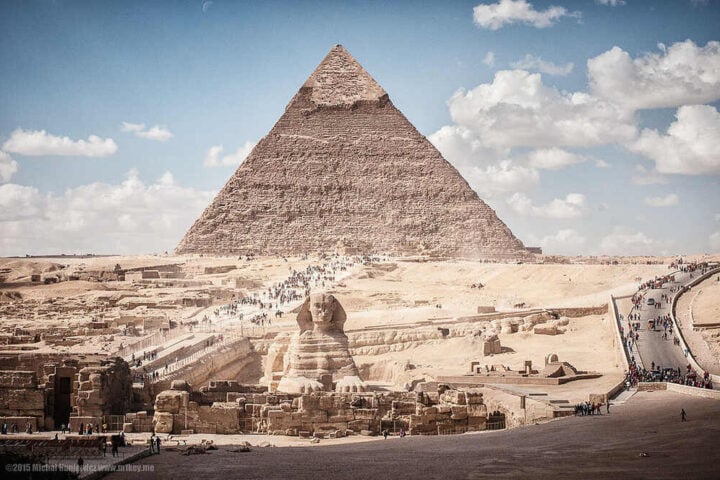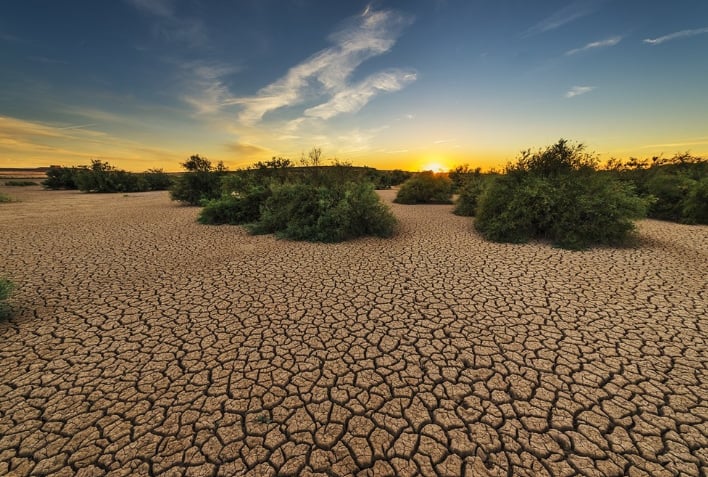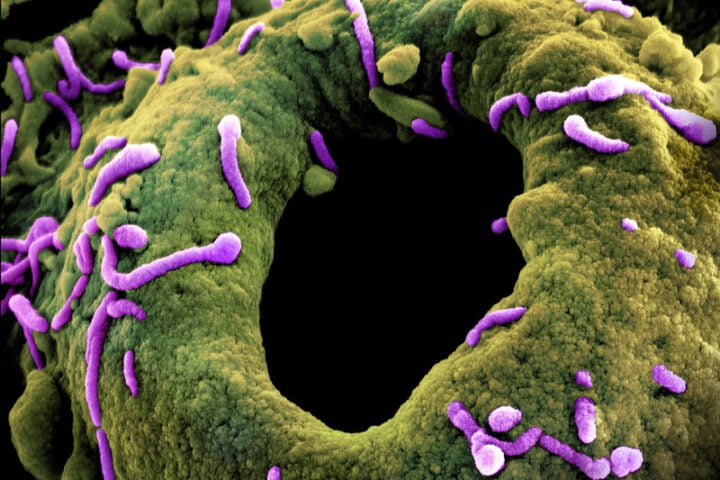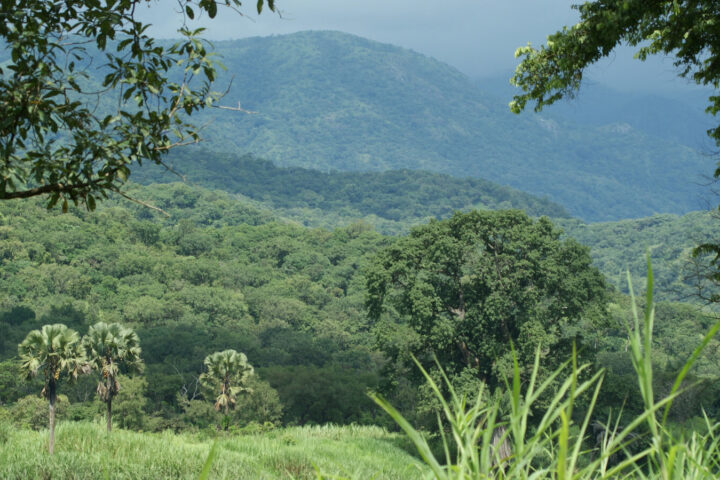Rhino poaching in South Africa remains stubbornly high despite conservation efforts. In the first three months of 2025, poachers killed 103 rhinos, averaging 34.3 per month—virtually unchanged from 2024’s monthly average of 35 rhinos.
What’s striking is the clear geographic shift in poaching activity. While KwaZulu-Natal province saw a significant drop from about 58 rhinos killed per quarter in 2024 to just 16 in early 2025, national parks such as Kruger experienced a troubling spike. Of the 103 rhinos killed in Q1 2025, 65 died in national parks—already approaching 2024’s total park losses of 88.
“103 rhinos lost in Q1 2025 is a stark reminder of relentless threats… yet zero incidents in four provinces show our targeted approaches can work,” said Dr. Dion George, South Africa’s Environment Minister on May 5, 2025.
This shifting pattern demonstrates how criminal networks quickly adapt to enforcement changes. Organized crime syndicates, many operating from Mozambique, continue linking rhino horn trafficking with weapons smuggling, narcotics, and money laundering.
Law enforcement has made some headway with 15 arrests and 5 prosecutions in early 2025. Two significant convictions include Mozambican nationals Simon Ernesto Valoi, sentenced to 27 years in August 2024, and Nelson Sambo, who received 20 years in April 2025.
Similar Posts
Tech innovation offers hope in the fight against poaching. KwaZulu-Natal’s dehorning program treated over 120 rhinos by mid-2024, likely contributing to the province’s improved numbers. Other advances include radioisotope implants in horns that trigger border scanner alerts and make horns toxic if consumed.
In Kruger National Park, thermal-imaging drone surveillance has reduced night poaching by approximately 45% in test areas. The park plans to double its coverage in 2025.
“Over 600 poaching-free days via AI-drones prove that technology, when well-integrated, is a game-changer,” said Chris Vermaak, Anti-Poaching Unit Manager at Sabi Sand in April 2025.
Private reserves and community partnerships have shown promising results. The African Parks organization transferred 120 southern white rhinos to eleven private and provincial reserves in 2024 through their Rhino
Rewild initiative. These areas have since seen much lower poaching rates.
African Parks’ community pilot program in Limpopo provides ranger jobs and tourism revenue sharing to local residents. Villages participating in this program have experienced a 70% drop in poaching incidents since 2023.
On the global stage, demand-reduction campaigns in Asian markets show measurable impact. TRAFFIC’s Chi Initiative targets wealthy urban Vietnamese males aged 35–55 with messages that “Strength comes from you, not the horn.” Surveys indicate a 12% decrease in intention to use rhino horn since the campaign’s third phase began in 2023.
The historical context is sobering. In the early 20th century, Africa had approximately 500,000 rhinos. By 2006, fewer than 25,000 remained—a devastating decline of more than 95% due to trophy hunting and horn trade.
Climate change adds another layer of challenge. The 2014–2017 drought in southern Africa increased white rhino calf deaths by 20% and concentrated herds at shrinking water sources, making them easier targets for poachers. Scientists predict that by 2050, southern Africa’s rising temperatures will exceed rhino heat tolerance, potentially forcing these animals into areas with more human activity.
In February 2025, the International Union for Conservation of Nature (IUCN) released its African Rhinoceros Conservation Framework covering 2025–2035. This comprehensive plan addresses six key areas: ecology, security, crime disruption, market reduction, community rights, and rhino value.

“This framework merges proven practices with fresh thinking to inspire a broader conservation constituency,” said Dr. David Balfour, Chair of IUCN’s Africa Rhino Specialist Group.
While some conservation approaches show promise, the overall picture remains challenging. The battle against rhino poaching requires ongoing innovation, community involvement, international cooperation, and a continued commitment to protect these iconic animals for future generations.
